Ecommerce Finance - The Ultimate Guide to Making More Money
Everything you need to know about eCommerce finance - how to make money, track your net profit, and optimize your entire operation.
Updated November 6, 2024.
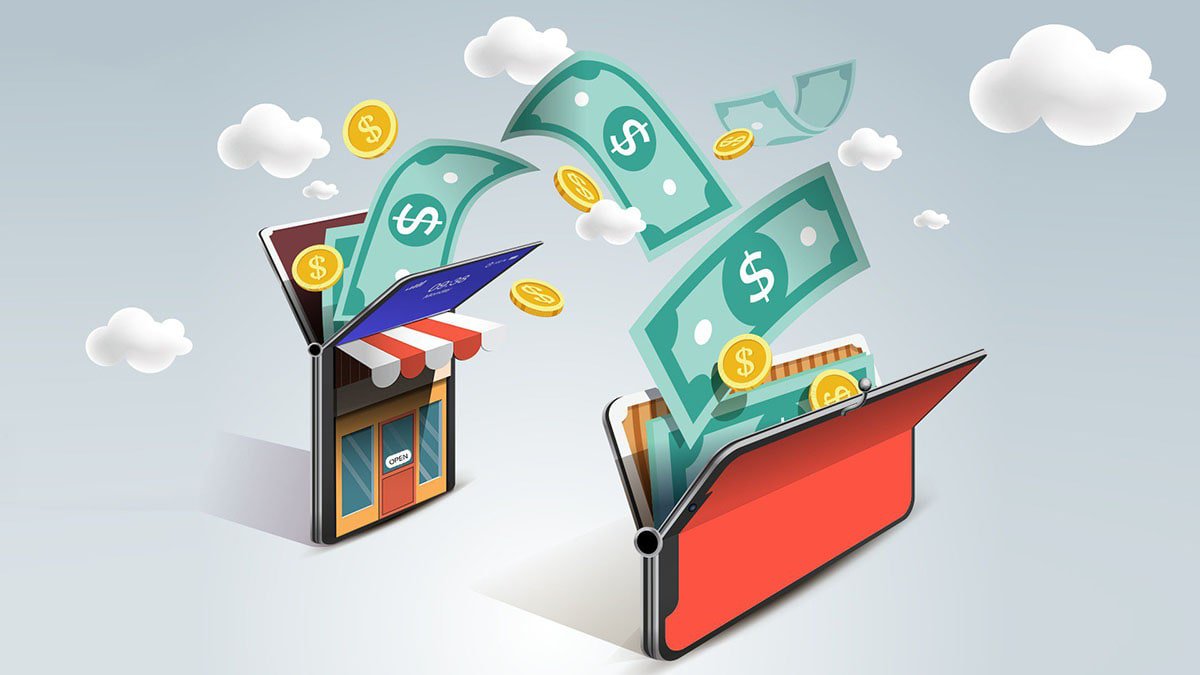
Whether you are running your own eCommerce business or managing a marketing team, the most important metric to keep your eye on is the bottom line - the net profit.
But that’s not what usually happens. Usually, the owner of the business is focused on the profit, while everyone else is running around showing off their sales numbers, revenue numbers, social media followers, you name it.
If you want to run a successful eCommerce business you need to keep your finger on the pulse of the business which is your next profit. If you focus on the net profit every month you will be able to make decisions that are more financially sound.
The question is how to do that, and it really breaks down into 3 main challenges:
- How to calculate the net profit - there are so many variables from your COGS (cost of goods sold), shipping, inventory, storage / warehouse costs, salaries, marketplace fees and commissions, ad spend, etc. It gets very difficult to keep track of all of them.
- How to increase the net profit - it’s hard to know what to focus on to decrease costs, and when it’s even right to do so.
- How to train your team to focus on the net profit - how to create a culture that is focused on the right business metrics to move the needle.
That’s why we wrote this guide, to break down every facet of your eCommerce financials and suggest some practical tools and solutions that are used by the experts to solve these three challenges.
Let’s dive in.
To start, let’s talk about all the costs that you should track for your business.
Top 5 eCommerce Expenses
Here we are going to break it down into 5 main categories -
- The website
- Marketing
- Manufacturing
- Shipping & logistics
- Salaries & overhead
Let’s talk about each one.
The Website
Your website is one of the easiest costs to calculate because it’s constant and predictable. Here are some of the items you should put on your sheet:
- Domain name
- Hosting
- SSL certificates
- Redesign (you should have a budget allocated to A/B testing and conversion rate optimization)
- Content management system (CMS)
- Cyber security
- Other plugins and optimizations
Marketing
- Ad spend (Google Ads, Facebook, YouTube, Google Shopping, Native Advertising)
- Marketing apps and plugins (email marketing, chatbots, push notifications)
- Marketplace fees & commissions
- Influencer and partner fees/payouts
Manufacturing
This section is only if you are producing your own product. If you’re dropshipping or having someone else make your product for you then you can skip this section.
- Materials - the cost of all the parts of your product and the raw materials that go into production
- Labor - all the salaries of the employees in your factory
- Overhead - your factory rent and upkeep costs
Shipping & Logistics
This section deals with shipping and storing your product and these are often the most complicated costs to calculate.
- Warehousing - the cost of the warehouse (often calculated as $ per sq ft)
- Packaging - the cost of packaging and branding your products
- Shipping costs - shipping can vary based on the provider you use (and whether you are using FBA)
- Fulfillment fees - these can be the same as shipping or be calculated separately if you are having a company like Amazon fulfill your products
Salaries & Overhead
A pretty straightforward section here where you add up all of the salaries and HR costs associated with your business. Overhead includes your office rent, taxes, and any equipment and technology costs you might have.
Those are all of the costs that you need to keep track of. And perhaps the biggest and most complex cost is the cost of goods sold or COGS.
Here’s how to calculate it.
How to Calculate Cost of Goods Sold
The cost of doing business for any eCommerce or traditional retailer can be quantified in the cost of goods sold (COGS).
Here’s an example.
Let’s say that you make shoes. You bought 100 shoes this month but only sold 20. So you’re not going to count the production, shipping, and logistics of all the shoes you produced that weren’t sold.
You will focus on the shoes that you sold. And for each shoe sold you will have a cost of production, shipping from the factory to the warehouse, shipping from the warehouse to the consumer, etc.
It could take a month, a quarter, or a whole year for a business to sell all of the inventory from one shipment and that’s why businesses calculate the cost of goods sold. The cost of the unsold goods becomes a manufacturing/inventory cost.
The COGS Formula
Here’s the formula you should use to calculate the cost of goods sold.
The Cost of Goods Sold = Beginning Inventory + Purchases Made During Period - Ending Inventory
So let’s say you started out with no inventory and then bought $2000 worth of goods. Then in 30 days you only sold $1,000 worth of product. So your cost of goods sold = $0 + $2,000 - $1,000 = $1,000. Your COGS is $1,000 for that period.
Let’s take a real-world example.
Here’s Johnson & Johnson’s income statement.
Notice that their total sales were $82B in 2020, their cost of goods sold was $28B and when they subtract their total sales from their COGS they get a gross profit of $54B. Their eCommerce marketing expenses all come afterward and are deducted from the gross profit to get their net profit.
The difference between Gross Profit and Net Profit
There is a world of difference between the two and it’s super important to understand it and how to calculate each.
A gross profit is the profit a company makes after deducting the costs associated with making and selling its products and can be calculated by subtracting the cost of goods sold (COGS) from the revenue (sales), like so:
Gross Profit = Gross Revenue - COGS
The net profit (net income) is the actual profit a company makes after all of its expenses and costs. It’s the bottom line of the income statement and is calculated by subtracting the COGS and expenses from the revenue, like so:
Net Profit = Revenue - COGS - Expenses (marketing, research, overhead, labor, etc.)
Going back to our discussion about COGS, you’re probably wondering what’s included in the calculation.
What is included in COGS?
All shipping & logistics costs go into the cost of goods sold calculation such as:
- Packaging costs
- Storage costs
- Warehouse fees
- Fulfillment fees
- Shipping costs
- Manufacturing/supplier costs
So the key is to calculate your cost of goods sold (COGS) and then plug it into the formula to get the most accurate number for the net profit of the business. What if you’re not good with spreadsheets and don’t want to keep all of this information in your head? How do you best get clarity on all of your different costs?
Great question, here’s how.
Use an app to keep track of all your costs in one place
The first step to increasing your net profit is to get clarity on what your costs actually are. And unless you’re an Excell wiz, this is going to be quite an undertaking. You would have to manually download your costs from every online marketplace, your ad spend data on Facebook and Google Ads, look at the COGS of each product, and on and on.
Instead of getting a master’s degree in accounting get an app like BeProfit that could do all the heavy lifting for you.
Advantages of using BeProfit:
- Pull data from all your marketing channels
- Track your profit on one dashboard
- Sync your COGS and fulfillment costs
- Get predictions on how much product you should purchase
- Get optimization tips on each cost and what you can do to improve net profit
Here’s a really great video that shows the app in action:
Now that you know the different types of costs and keep track of them in one place, let’s talk about how to decrease each one and improve your bottom line.
How to Decrease Marketing Costs
Marketing costs can be very different from one another and that makes it harder to know how to decrease them.
Here are some of the main ways to go about it decreasing your marketing costs:
Use omnichannel apps and platforms
So many eCommerce brands fill up their budgets with marketing apps and widgets that have overlapping functionalities. For example, you might be using Klaviyo for sending emails and SMSBump for sending text messages, but you can use Klaviyo for both.
It’s always better to use omnichannel apps that let you manage several marketing channels within one app. You can use an app like Flashy for email marketing, popups, SMS, and an app like OctaneAI for SMS, chatbots, and interactive quizzes.
Improve your conversion rate
Speaking of marketing channels, there’s one tactic that can help you improve your budgets and cut costs on all of them at once, and that’s conversion rate optimization. Work on improving the conversion on your site and you will improve each marketing channel’s conversion.
You can use a tool like HotJar to get data on what your visitors are doing on your site through heat maps and surveys. You can use a tool like Shogun, Google Optimizer, or Optimizely to run some A/B tests and improve the design and usability of your site.
Reduce wasted ad spend
One of the largest marketing costs of medium to large eCommerce brands is the ad spend. A lot of times brands spend way too much money on their ads without realizing it.
Reasons your ad spend is too high are:
- Your Campaigns aren’t optimized or structured correctly
- You’re missing the low-hanging fruit like bidding on branded keywords or retargeting campaigns
- You’re not testing different ad formats
- Ad fatigue - your audience has already seen your ads and you need to change them up and show something new
A lot of these problems can be solved by simply working with an advertising expert that has proven experience and a track record in your particular industry or niche.
If you’re a pet food brand owner you need someone that has experience advertising pet products. If you’re in fashion you need someone that has experience advertising for the fashion industry.
You can find an expert advertiser with Mayple, where we have vetted eCommerce experts with a wide range of experience in many industries and niches.
How to Decrease Shipping & Logistics Costs
The next batch of costs we’re going to deal with are shipping and logistics costs. These can be a little tricky depending on where you sell to (if you’re only selling in the US or if you’re shipping globally).
Here are some of the things you can do to decrease shipping & logistics costs.
Improve your inventory management
Managing your inventory becomes super-complex when you have a variety of online marketplaces and sales channels that you're actively selling on. So it might be a good time to upgrade your inventory management by using software like Skubana or StitchLabs to unlock your brand's full potential.
Hire a third-party logistics company (3PL)
There are two main ways to fulfill a product - either you do it using your own warehouse or your use a 3PL which is a company that handles all the logistics for you - from the warehousing to the delivery. The advantage of using a 3PL is that you are able to ship products in less time and deliver it in just a few days across the US.
How to Decrease Overhead Costs
Last but not least, if you want to stay competitive you need to decrease your overhead costs. Overhead costs are mostly 2 things - office space and people.
Go remote
The year 2020 completely changed the way the world looks and thinks about remote work. It’s now completely normal to be fully remote or even have a hybrid remote set up. If you have your remote work remotely even some of the time you could save a lot of money on office rent costs.
Rent instead of own
Renting your own office offers much more flexibility and often lower costs than owning your office space. It means you could move or downsize when your lease is up and you don’t have to pay for the upkeep or repair costs of the place.
Go paperless
Another great way to save on costs is to go paperless and use as little paper as possible. You can have all of your contracts and agreements online, you really don’t have to print anything up anymore. It’s 2022! Get with the times!
Streamline your tech stack
A really cool new industry that’s coming to tech is Spend Management. You can get an app like Payem to display all of your tool costs and help you manage your team’s fund requests better. Payem even lets you create virtual cards to limit the number of transactions or give access to specific vendors.
Recap
Scaling your eCommerce brand boils down to one thing - increasing your net profit.
And the way you do that is by doing 3 things:
- Get clarity on what your costs are
- Work with vendors and upgrade to new apps and eCommerce marketing tools
- Get an app like BeProfit for ongoing tracking and management
Once you these 3 simple steps and get your team on board then you are well on your way to making more money.
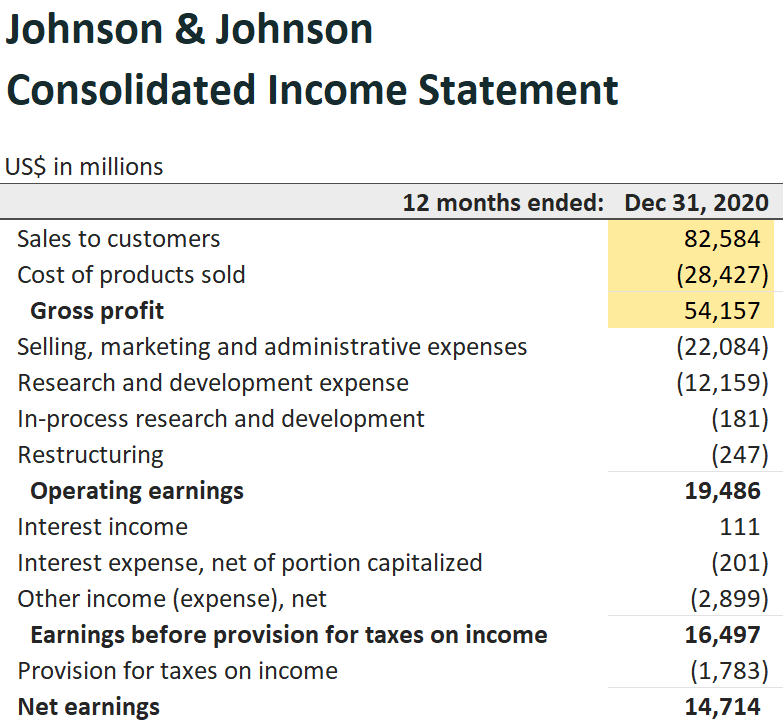
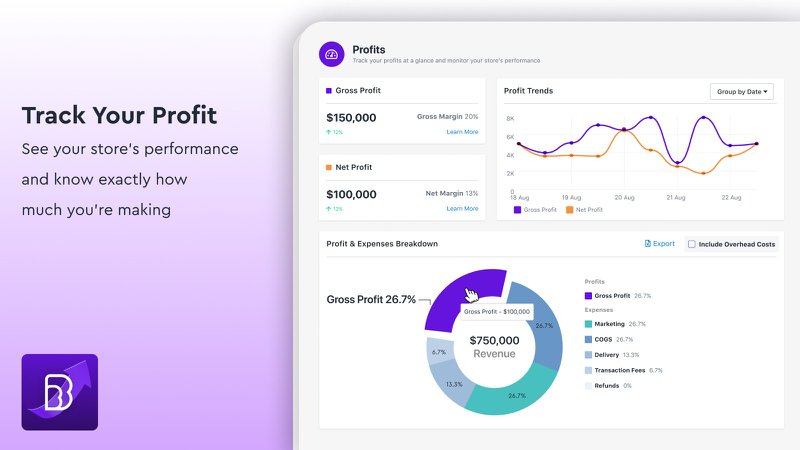
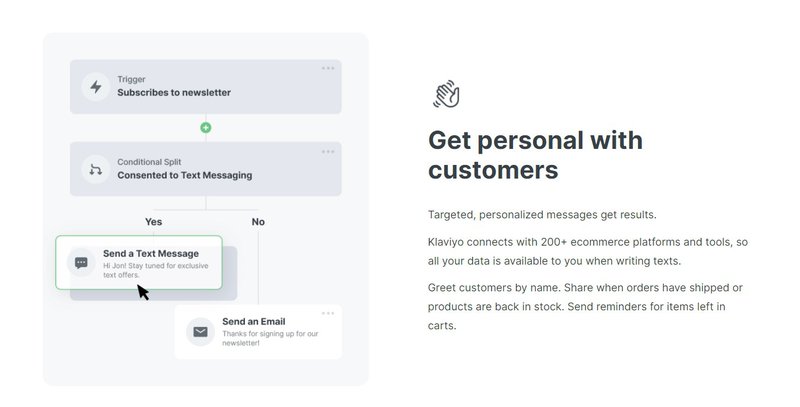
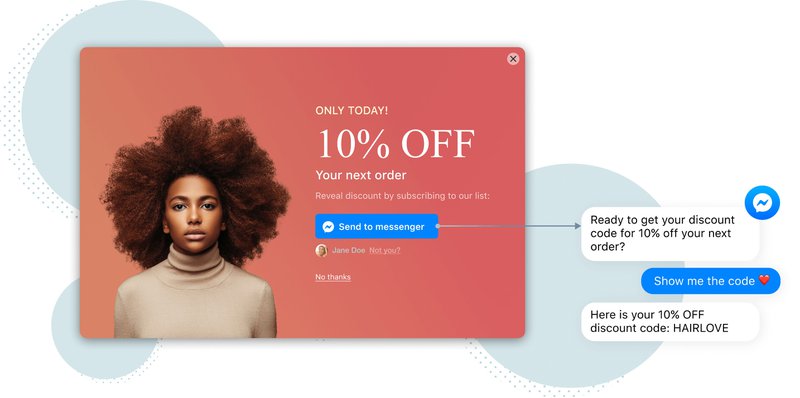
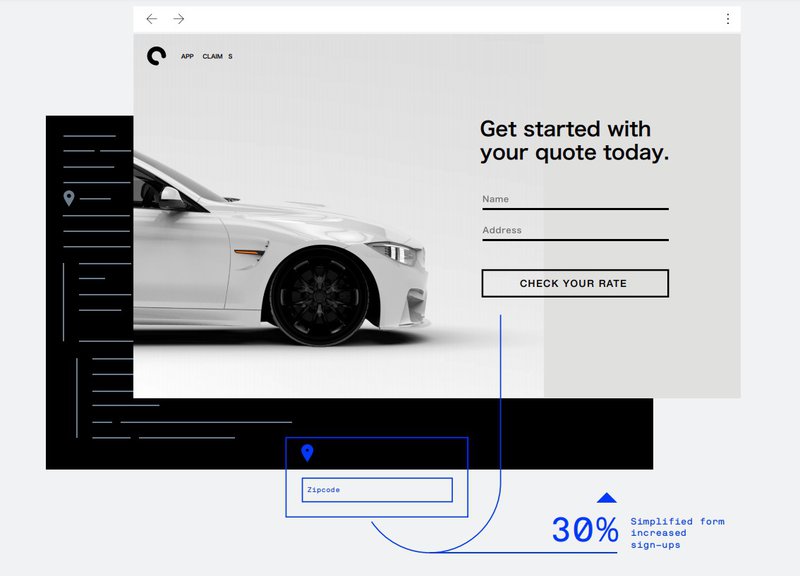
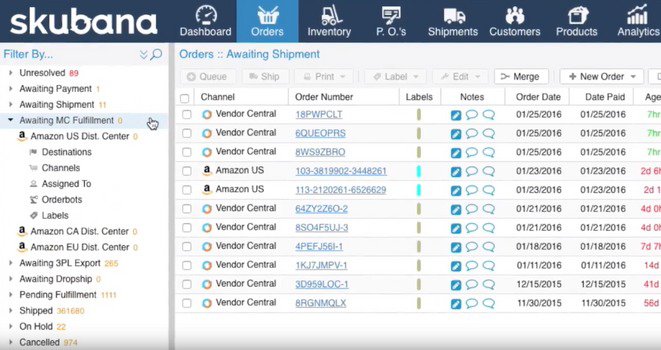
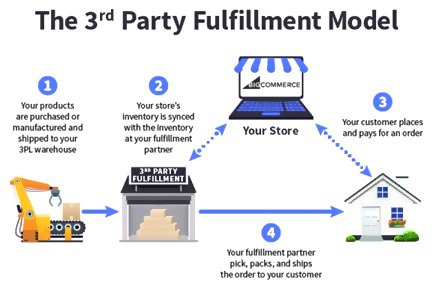
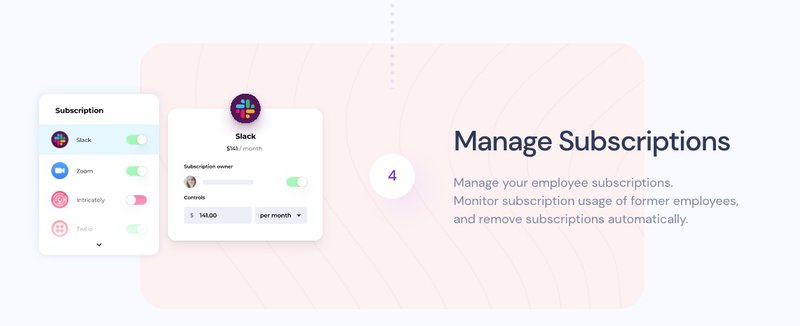

![How to Find the Top Ecommerce Marketing Agency + 10 Questions to Ask [{year}]](https://entail.mayple.com/en-assets/mayple/fit-in/280x280/61c08d1ce64c590dd1c738bd_threewomensittinginanoffice_b9153095395125eb258609c660b08dfc_2000-1699776097553.jpg)
![32 Top eCommerce Hacks to Try in {year} [Free Playbook]](https://entail.mayple.com/en-assets/mayple/fit-in/280x280/6101530c00f38b98be9a0184_manflyingarocket_72024131ee6bc0e427632a249411122d_2000-1699777209962.jpg)

